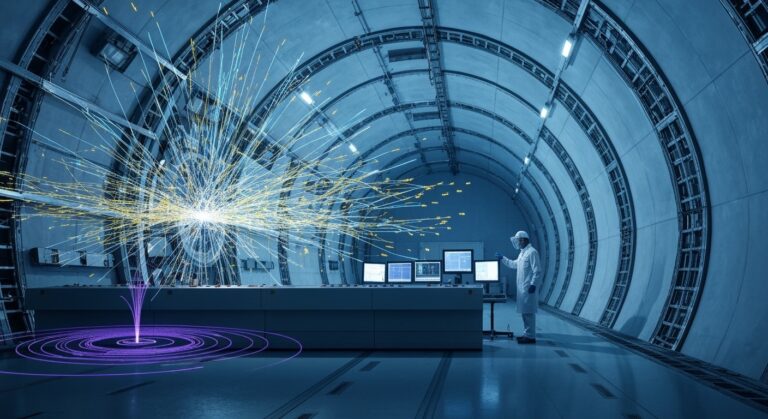TLDR
- AI is revolutionizing research through automated laboratories and machine learning, enabling faster and more precise scientific discoveries.
- Machine learning algorithms identify complex genetic patterns and decode biological structures that were previously impossible to analyze.
- AI-powered robotics automate laboratory experiments, increasing research throughput while maintaining high precision and reproducibility.
- Integration of AI in research is projected to generate $15.7 trillion in revenue by 2030, indicating massive transformation.
- Despite automation benefits, human oversight remains crucial for validating findings and addressing ethical considerations in AI-driven research.
The Current State of AI in Scientific Research
As scientific research undergoes rapid digital transformation, artificial intelligence has become deeply integrated across multiple disciplines, particularly in agricultural and life sciences.
Machine learning algorithms now identify complex genetic patterns, while computer vision monitors livestock health in real-time. AI models enhance bioinformatics by decoding biological sequences and improving protein structure understanding.
With 83% of companies prioritizing AI in their strategies and a global market size of $391 billion, the technology’s adoption continues to accelerate. Current forecasts indicate AI will generate 15.7 trillion in revenue by 2030. The industry’s meteoric rise shows a 37.3% annual growth rate between 2023 and 2030.
AI-powered robotics automate laboratory experiments, increasing precision and research throughput while transforming traditional scientific methodologies. Publishers are now deploying AI fraud detection systems to scan academic papers for manipulated images and data inconsistencies, ensuring research integrity remains intact.
Challenges and Limitations in AI-Driven Discovery
Despite the tremendous potential of AI in scientific research, several critical challenges limit its effectiveness as a discovery tool. Data quality and bias issues can lead to skewed conclusions, while the “black box” nature of many AI systems makes their decision-making processes difficult to interpret. Overreliance on artificial intelligence threatens to undermine critical thinking among researchers. The FAIR Forward initiative supports sustainable AI development in seven partner countries to help address these limitations. The technology remains heavily dependent on human oversight, requiring researchers’ creativity and judgment to validate findings and guarantee ethical considerations.
Additionally, accessibility barriers and resource disparities create an uneven playing field, particularly affecting researchers in lower-income regions. These limitations highlight the importance of addressing fundamental challenges before AI can fully realize its promise in scientific discovery.
Future Prospects and Research Implications
While current limitations pose significant hurdles, the future of AI in scientific discovery holds extraordinary promise.
The transformation of scientific infrastructure towards automated, cloud-enabled laboratories will revolutionize research across multiple fields. National initiatives like NAIRR are democratizing AI access, enabling broader participation in scientific advancement. The development of AI protein simulation systems has opened new frontiers in exploring complex biomolecular sciences. Robot scientists could soon independently design and execute experiments without human intervention.
As AI systems continue evolving from information processors to sophisticated reasoning partners, they’re reaching performance levels comparable to advanced-degree holders. This evolution, combined with enhanced infrastructure and new organizational models, suggests a future where AI-driven acceleration of discovery becomes the norm in scientific research.







